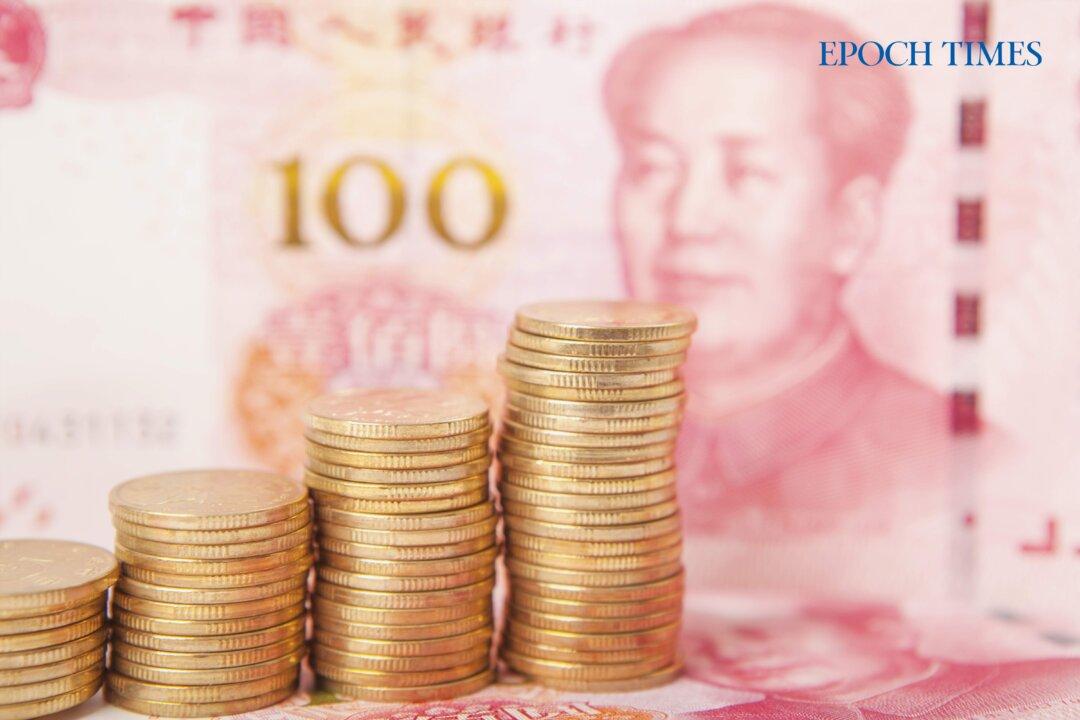Commentary
The so-called restart of the Chinese economy has largely just echoed the market. But some suggest this will give a new push to global inflation when strong demand from China drives the resource markets. However, maybe we should revisit the basics: Where does that strong demand for Chinese production come from? Isn’t China the factory for the world? But if the rest of the world has sluggish demand due to inflation and rising interest rates, will this still be the same story as that of a decade ago?





